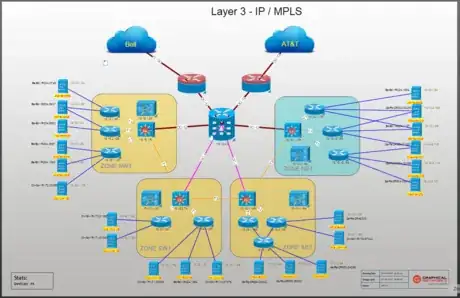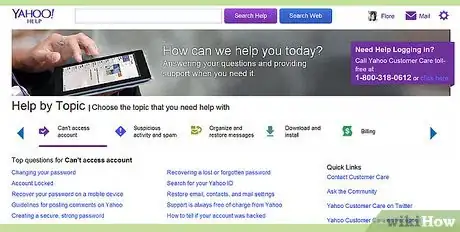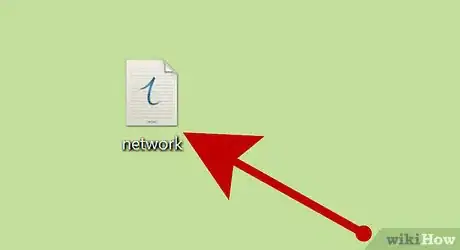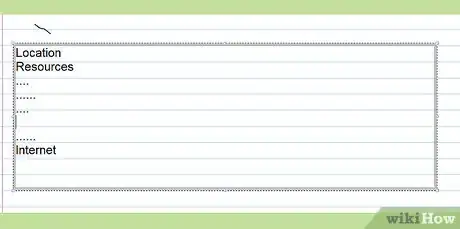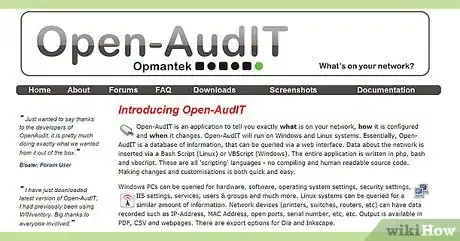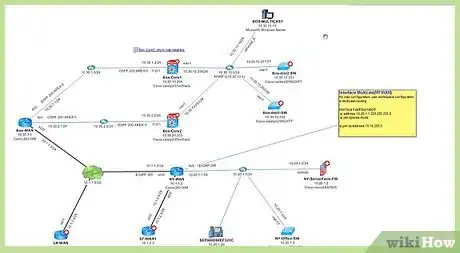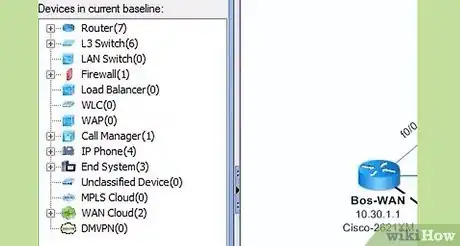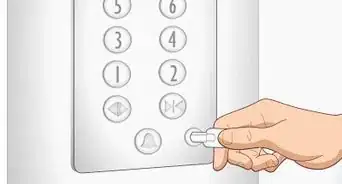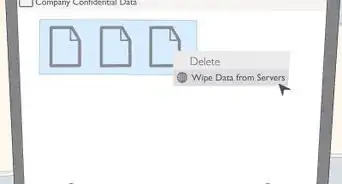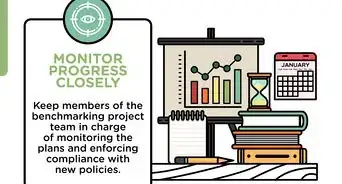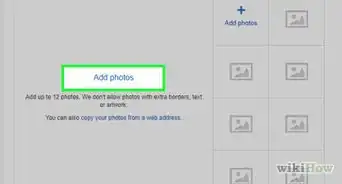X
wikiHow is a “wiki,” similar to Wikipedia, which means that many of our articles are co-written by multiple authors. To create this article, 19 people, some anonymous, worked to edit and improve it over time.
This article has been viewed 93,037 times.
Learn more...
As a network administrator, you'll want to create comprehensive documentation that you and your users can reference when needed. This wikiHow article will show you how to create clear, helpful documentation for all aspects of your network.
Steps
-
1Ask for help. Common sense will tell that if you are a new employee and you need to understand how the network works you can ask for a documentation from your new colleagues. If you don't find such a documentation maybe you are lucky to find a colleague that wants to give you details. You can have the surprise to find people that don't want to share information with the rest of the team: sad situation but real.
-
2Work out the format. If you want to create yourself a network documentation from scratch you probably understand the necessity and usability. You need to establish the format in which you will store the documentation and other aspects such as people who will work and access and update it.Advertisement
-
3Think what information you need to collect in that documentation; suggestions could be: number of physical locations (where your company works), how those locations are connected (wireless, wired), number of routers, switches, firewalls, servers in each location (with passwords, types of operating systems, update management, types of hardware, types of RAID, period of guarantee offered by vendors for hardware and software, rules in firewall), a contact list with people responsible with administration, help desk, a contact list with companies that offers support for hardware and software, documented and tested procedures for disaster / recovery scenarios, places to store backups (on site and off site), procedures for trial restores. You must understand how your network works in order to establish what information you will need to help you when trouble arise.
-
4Make it as simple or as complex as you need. If you want something simple, you can download a network documentation software from the internet and you need to make sure that you have the proper access to install the software and to access the servers and subnets on the network. After you will run the software you will gain a drawing which will have a scheme of servers, computers and other network devices connected. Key words for this step could be: proper rights and permissions to install / run this network documentation software.
-
5Analyze that drawing and see if you are satisfied with the details for each device. If you work in a network with many servers and other network devices you can use this software, but if you have a simpler and smaller network it's good to create some schemes yourself.
-
6Have a picture of how devices are connected, but also know exactly how to reach physically each device. That's necessary because let's say a server is down and you don't know the reason for that and one reason could be that after applying some updates (for example) something goes not quite well. You can also have hardware failures (other example) and of course one can find a list of other reasons for that.
-
7Improve compliance. If you have a good network diagram you can prove compliance with policies, security standard and that will help not only you but by proving compliance with policies your managers will be much more confident in the IT department.
Advertisement
Warnings
- In general Network Management software (such as Solar winds, Cisco Prime, HPoV, etc) is good for monitoring, but offer very basic network documentation capabilities. You may want to look into software that can also document non discoverable network elements, add comments and documents, collaborate and offer role-based access to stakeholders outside of the Network Operations Center.⧼thumbs_response⧽
- A network documentation is a much more complex task than simple drawings offered by software dedicated for network management.⧼thumbs_response⧽
- You can maintain an electronic version of that documentation and a version on paper. You should be careful to establish clearly who should have access to that documentation and where you store it and where you store backups.⧼thumbs_response⧽
- Be aware that you should update that documentation whenever something changes, so you will have this task added to your other work related tasks; if your company uses a specialized type of software for tracking employees activities, you will add this task there; it's necessary to do that because some managers don't have a real understanding of the complexity of network administration tasks and that way will help them understand much better how you use your time at work and you will prove that you are a serious IT Professional. Some people tend to have the impression that members of the IT staff come to work for nothing, or if they do work they don't do much.⧼thumbs_response⧽
- If you run a specialized software for network documentation you will find that not everything runs smoothly, so it's possible to encounter some problems, so your drawings might not be as accurate as you want. You need to troubleshoot that.⧼thumbs_response⧽
Advertisement
About This Article
Advertisement
